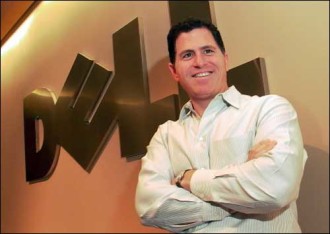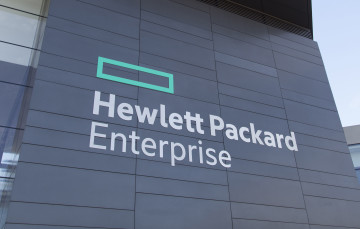 Beancounters at Gartner have added up some numbers and divided them by their shoe size and reached the conclusion that Dell EMC has taken over from HPE as the king of the server market.
Beancounters at Gartner have added up some numbers and divided them by their shoe size and reached the conclusion that Dell EMC has taken over from HPE as the king of the server market.
HPE still makes more money holding 24.1 percent of the market share – down from 25.2 percent in the first quarter of 2016. But it would seem that Dell EMC is catching up in that too, with its market share increasing by 4.8 percent to over the same period to take 19 per cent market share in the latest quarter.
Gartner research director Adrian O’Connell said that the first quarter of the year tends to be relatively strong for Dell, but the acquisition of EMC was proving positive for the server business at the moment.
“HPE’s size means it is subject to the moves of the wider market more than some other vendors. Weakness in the business segment and sourcing changes in the service provider space have reduced its revenue significantly.”
Worldwide server sales continue to decline with the growth of cloud computing, Gartner’s figures show. Companies are also opting to move to hyperscale infrastructures, buying lower cost servers from ODMs too, meaning total worldwide server revenue declined 4.5 per cent year-on-year, with shipments falling by 4.2 percent.
EMEA was impacted more than the rest of the world, with the region’s revenues reducing by 12.2 percent year-on-year to $2.8 billion in the first quarter of 2017 and shipments totaling 503,000 – a reduction of eight percent year-on-year.
IBM and Lenovo most felt the squeeze, with revenues reducing by 34 percent year-on-year and 16 percent year-on-year respectively. Lenovo’s shipments also shrank by 26 percent.



















